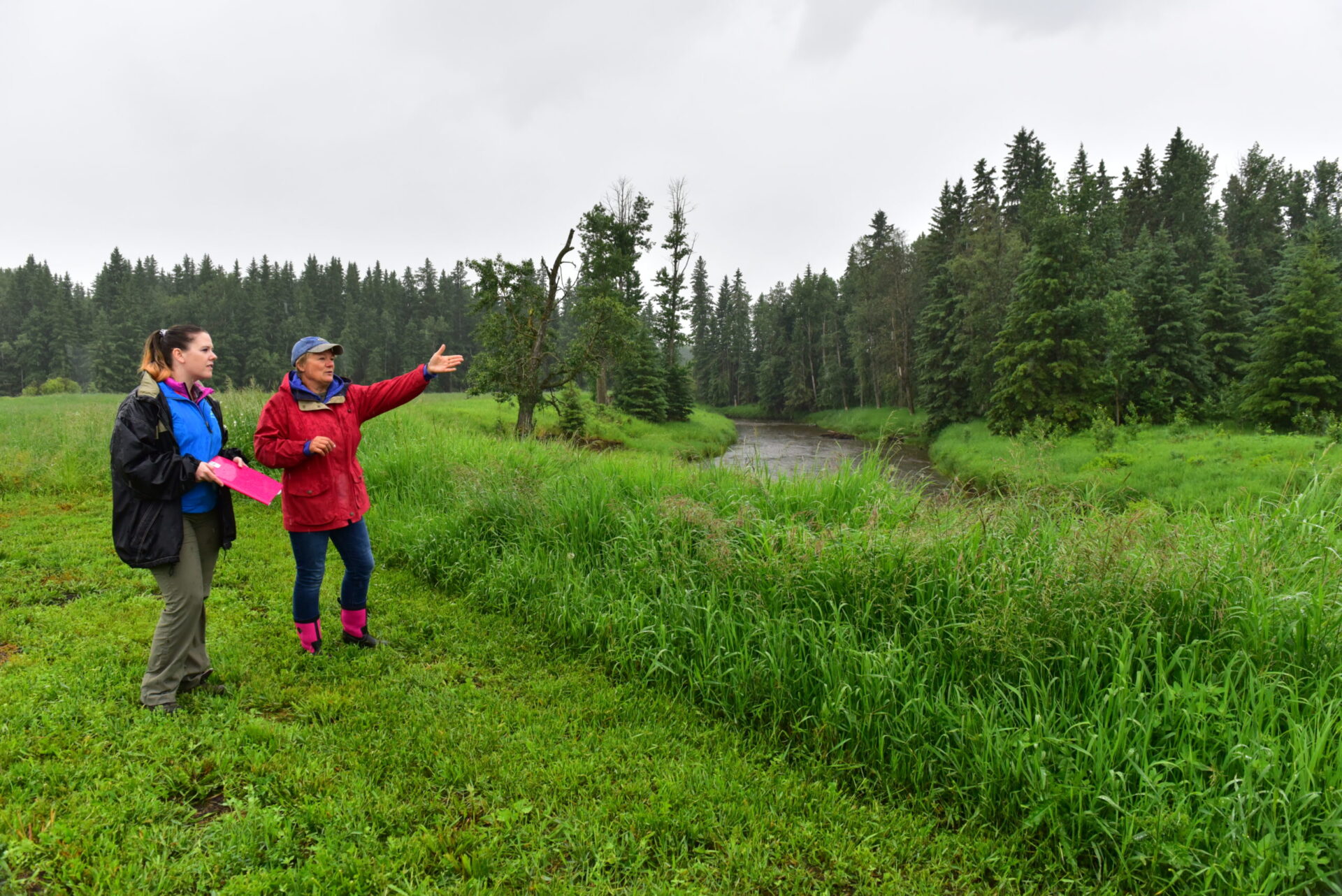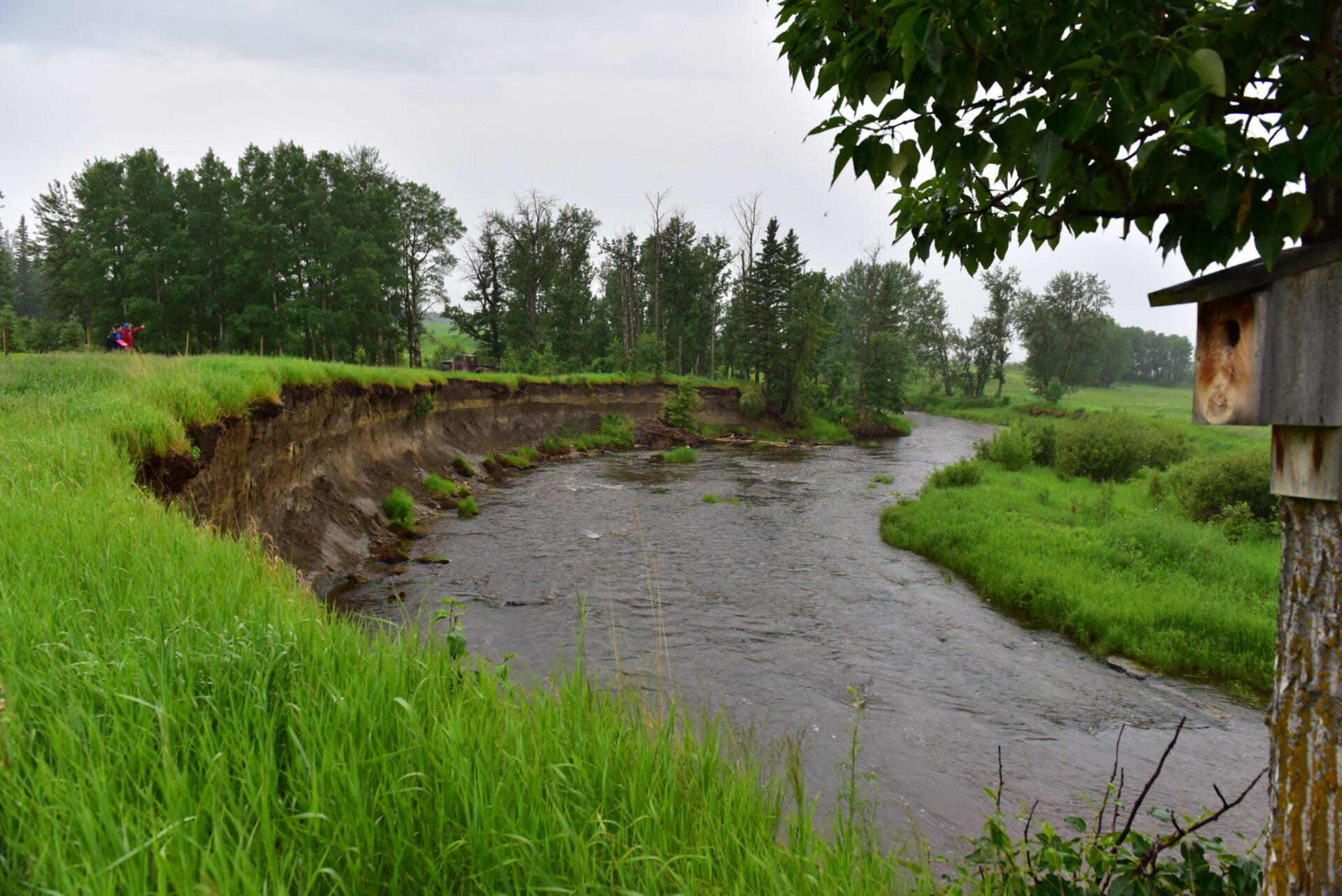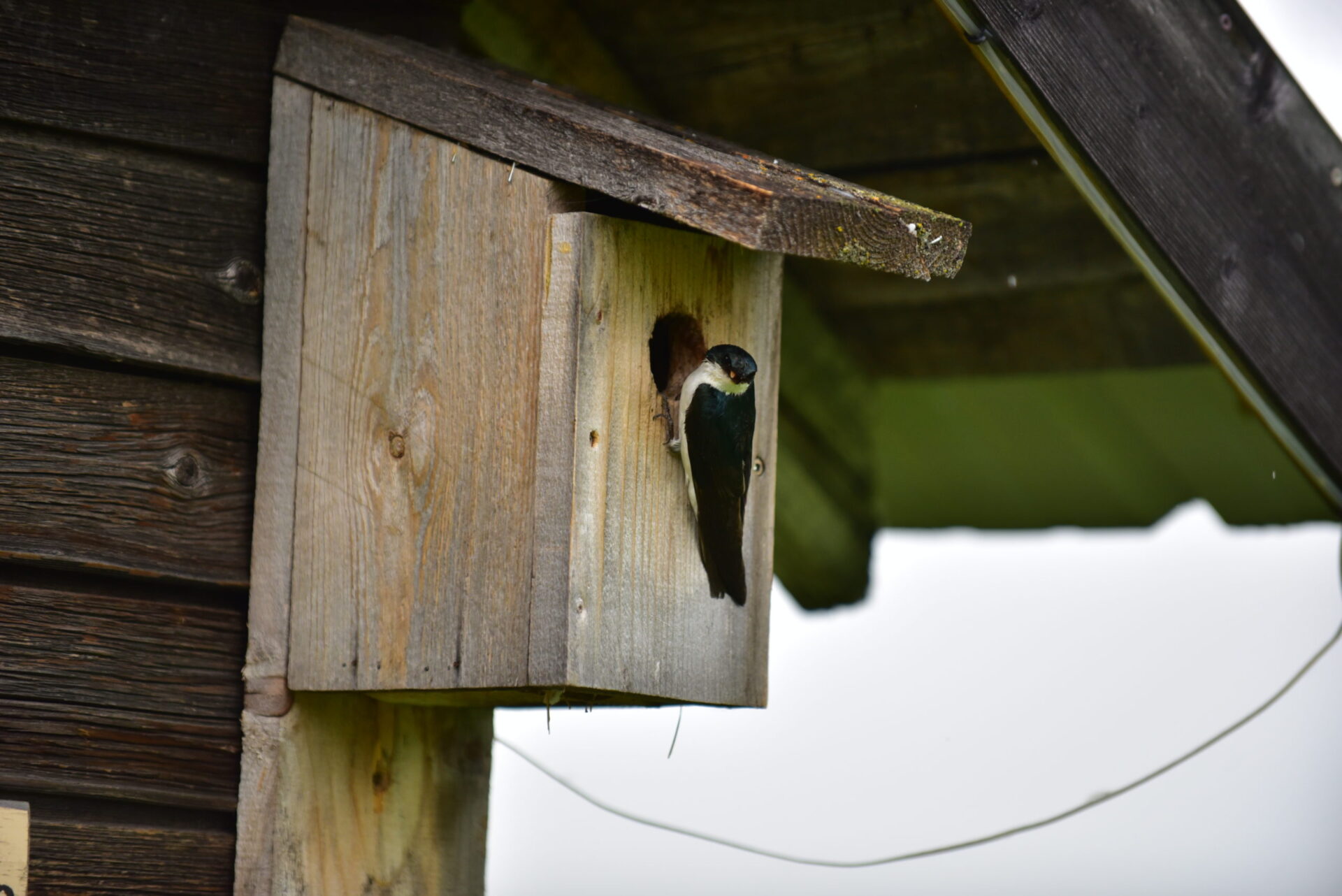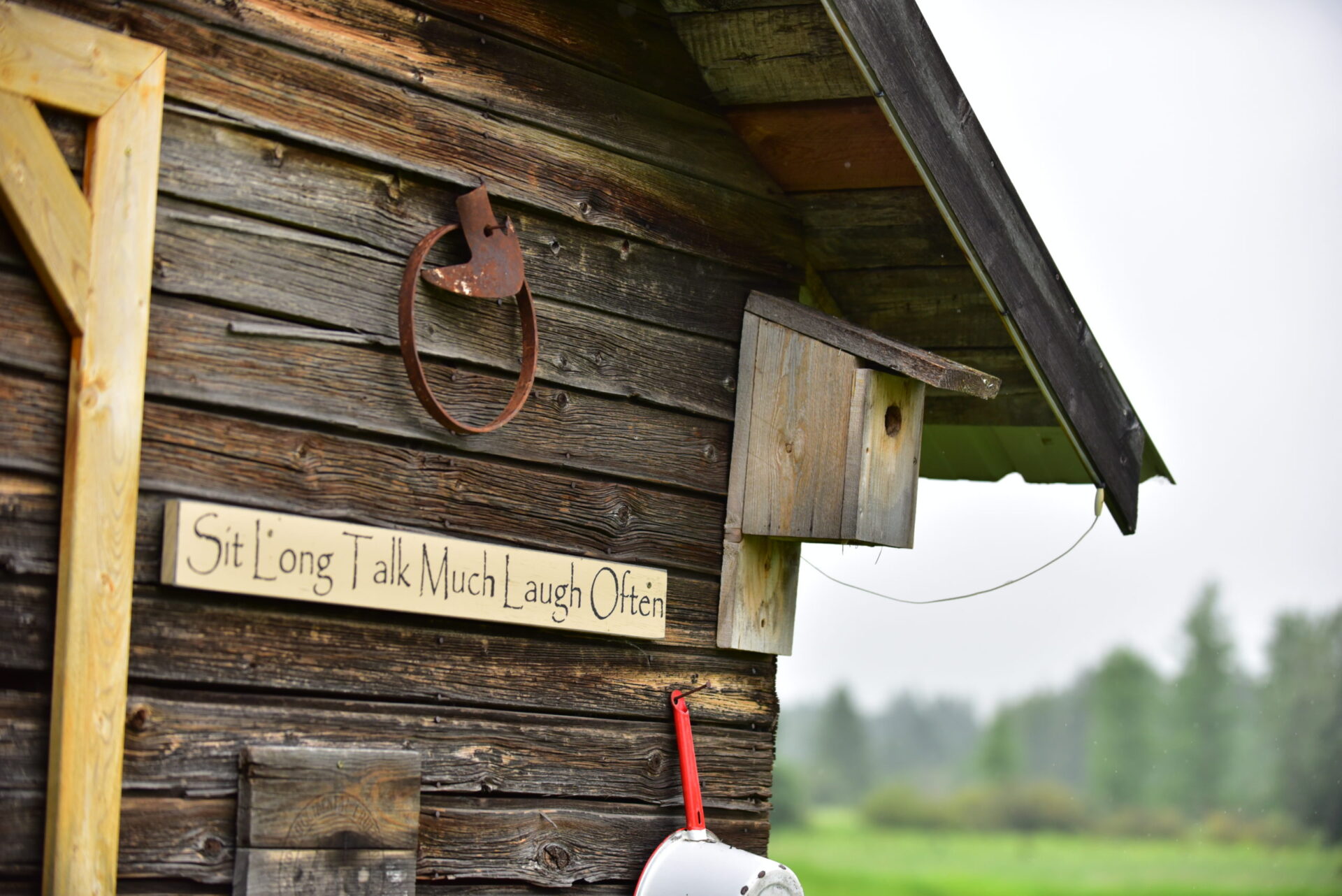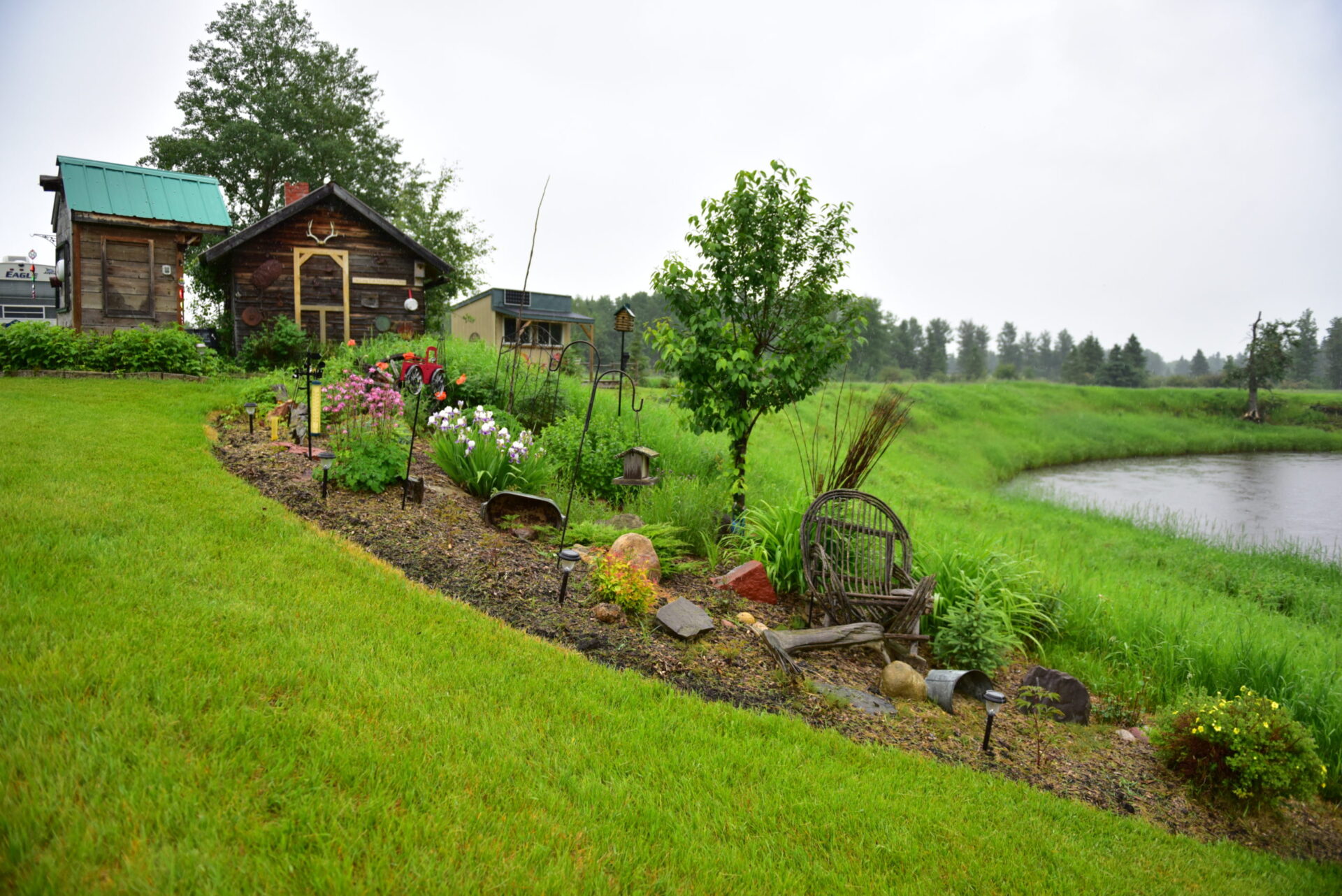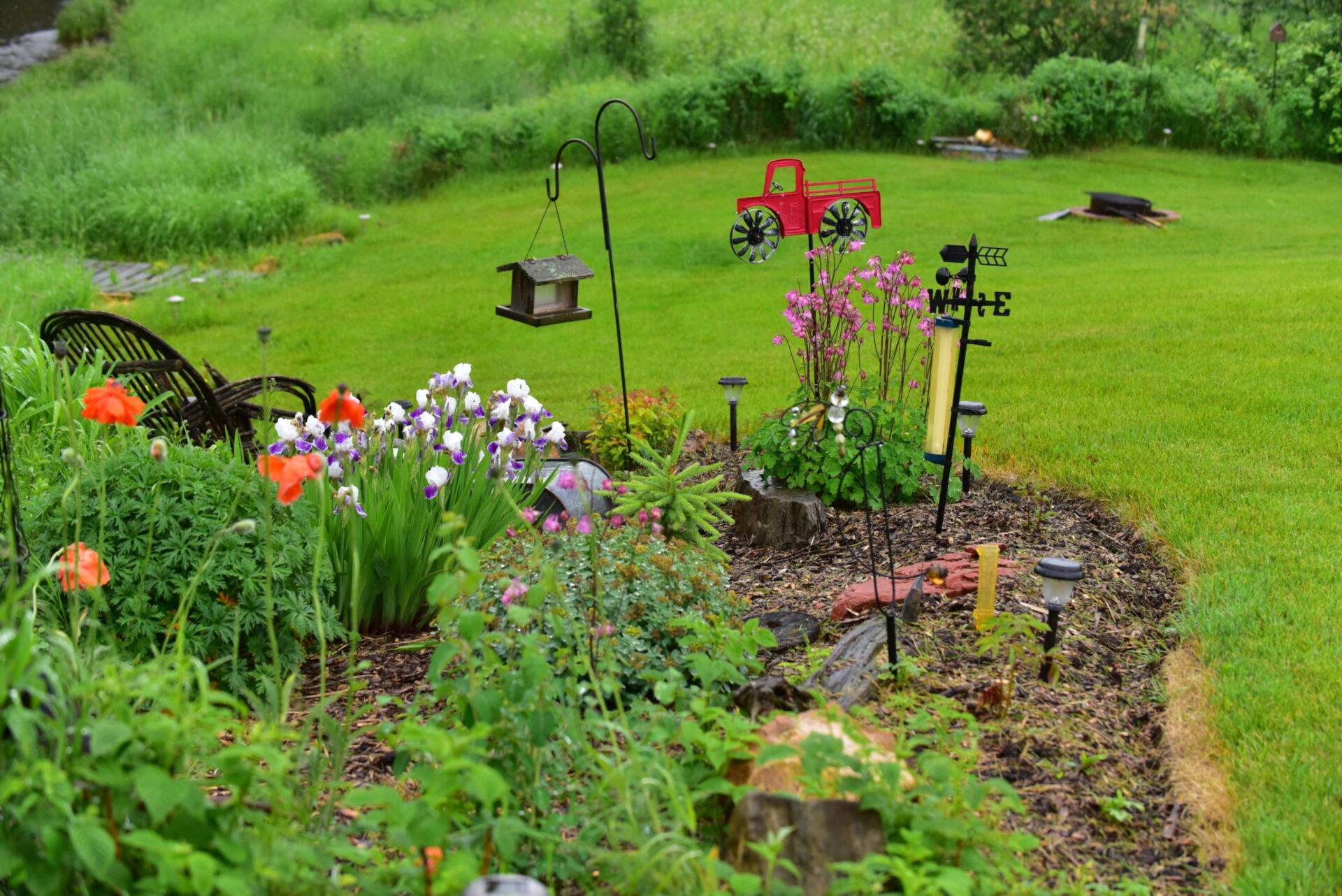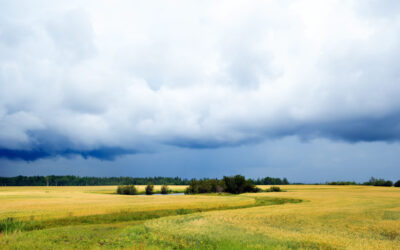Hope Jensen’s bucolic farmland in Alberta is more than just a secluded getaway. It’s a commitment to agriculture and wildlife protection.
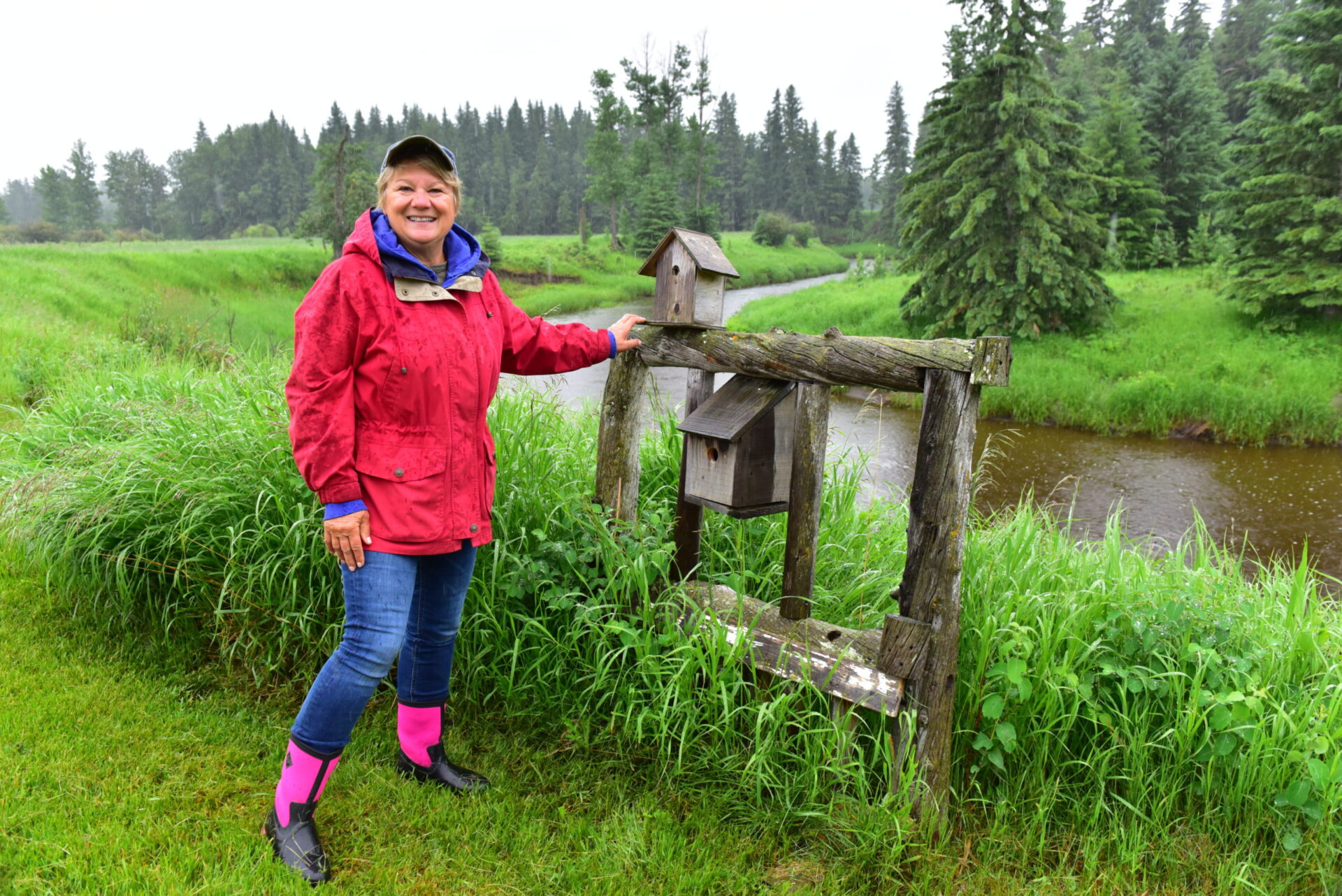
Just northwest of Eckville, Alberta, Hope has been building a piece of paradise since 2006. Thanks to her tenacious farm work, her land isn’t just an idyllic getaway for her—it has also become a welcoming home for numerous mammal and bird species.
The farm, aptly named Hope’s Haven, can be found on the 160 acres that Hope purchased in 2006. Twenty-six acres of that land are currently enrolled in ALUS Lacombe, and Hope has been working diligently to promote resilient agriculture, riverbank preservation and wildlife protection.
“This has been an amazing adventure of creative solutions,” said Hope when asked about her collaboration with ALUS and her sustainable agriculture practices.
Planting trees and perennial grasses to ensure environmental stability
Centred on environmental sustainability, the farm’s two projects have revitalized former cropland and helped to preserve the bank of the river that runs through it. Although the river’s erosion is natural—in time, an oxbow lake will be created—the process is being sped up in areas where vegetation is not present.
Both projects on the farm use sustainable farming practices to increase the stability of the riverbank and the surrounding land. In other words, they involve planting lots of trees and sustainable crops!
The first ALUS project on Hope’s land is located on 15 acres of former cropland that lie within the floodplain of the river. Although the land was only flooding during particularly wet years, the ground remained soggy. So, Hope had perennial grasses planted to help manage water’s impact on the landscape. Today, local wildlife is also reaping the benefits—the area is an annual nesting site for waterfowl and other wildlife.
The second ALUS project involves planting trees and willows on more than 11 acres of former cropland; more are planted each year, and willow cuttings are used to encourage natural propagation. Hope has already planted hundreds of trees since 2006 and has even had to move some since the bank started eroding more quickly. Now that those trees, which include willows, poplars and spruces, have been resettled, they will be able to lay down deep roots, stabilize the bank and farmland, and help purify the air.
Hope’s work is also reducing sedimentation from bank sloughing, creating a buffer between the river and the land that she rents to another farmer.
Protecting wildlife to foster a thriving ecosystem
While Hope and her husband, Dan, use the farm as a secluded retreat, Hope’s fantastic work has also attracted some new neighbours: these include a family of mink with four babies, as well as the occasional blue heron, long-eared owl, hummingbird or pine siskin. It’s a sight that the couple are delighted to behold.
“I see new species all the time,” said Hope. “When we first came here, I told myself that I just wanted to have oriole, hummingbirds and bald eagles. They’re all here now!”
Looking ahead, Hope would like to attract mountain bluebirds, and she has already installed a dozen or so bluebird boxes to welcome them.
Referring to the phrase “build it and they will come,” Hope noted: “I don’t know who’s coming next, but they’re coming!”
Preserving the land’s history
Hope and Dan’s connection to the land goes even further than working to create a thriving ecosystem. They have also turned their attention to preserving the rich heritage of their farm, which was once the site of an old homestead. A former bathhouse, one of the homestead’s few remaining structures, now attests to the site’s history.
Throughout Hope and Dan’s endeavour, farming, wildlife conservation and the protection of natural resources have been central to their dream. They do most of the work themselves, and they appreciate the support that ALUS has offered.
“It was like a healing project,” said Hope. “The entire ecosystem has just totally been regenerated. I just sit there and think, ‘Wow’!”
All photos by Myrna Pearman.

